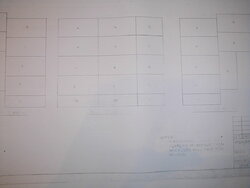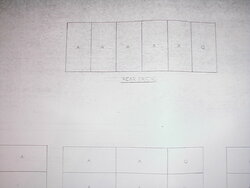should i have to cut bricks for proper fit or should there be open areas? im new to the site as well as wood stoves (trying to get this one going for my first time). i believe i have a grandpa, i have six on the back that are extremely tight, and four on the side with room for 1/3 of a brick next to it. the bottom was laid out with 5 1/3 bricks in two rows and the front by the door had 3 1/3 bricks laying sideways. i just assumed fisher would make a stove that full bricks lay in with no need to cut them. not ot mention the only reason im going through this is because two back bricks were cracked and i had to remove ALL the bricks to replace the back center two! i have been looking through this forum extensively and im learning fisher made tons of variations of same model- would be nice to have an id tag or model # stamped somewhere, so much for good ideas!
brick placement
- Thread starter newtostoves
- Start date
-
Active since 1995, Hearth.com is THE place on the internet for free information and advice about wood stoves, pellet stoves and other energy saving equipment.
We strive to provide opinions, articles, discussions and history related to Hearth Products and in a more general sense, energy issues.
We promote the EFFICIENT, RESPONSIBLE, CLEAN and SAFE use of all fuels, whether renewable or fossil.



